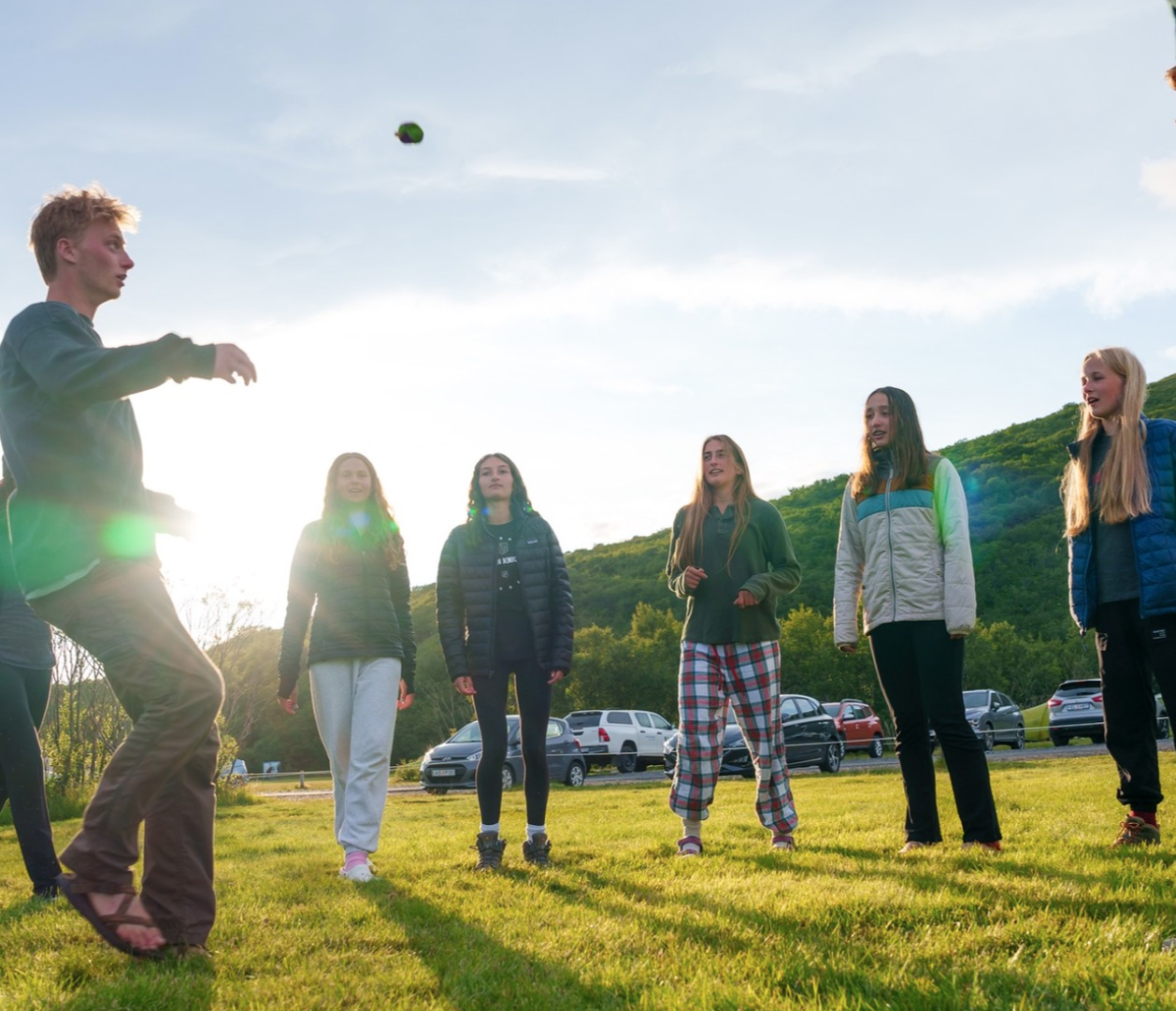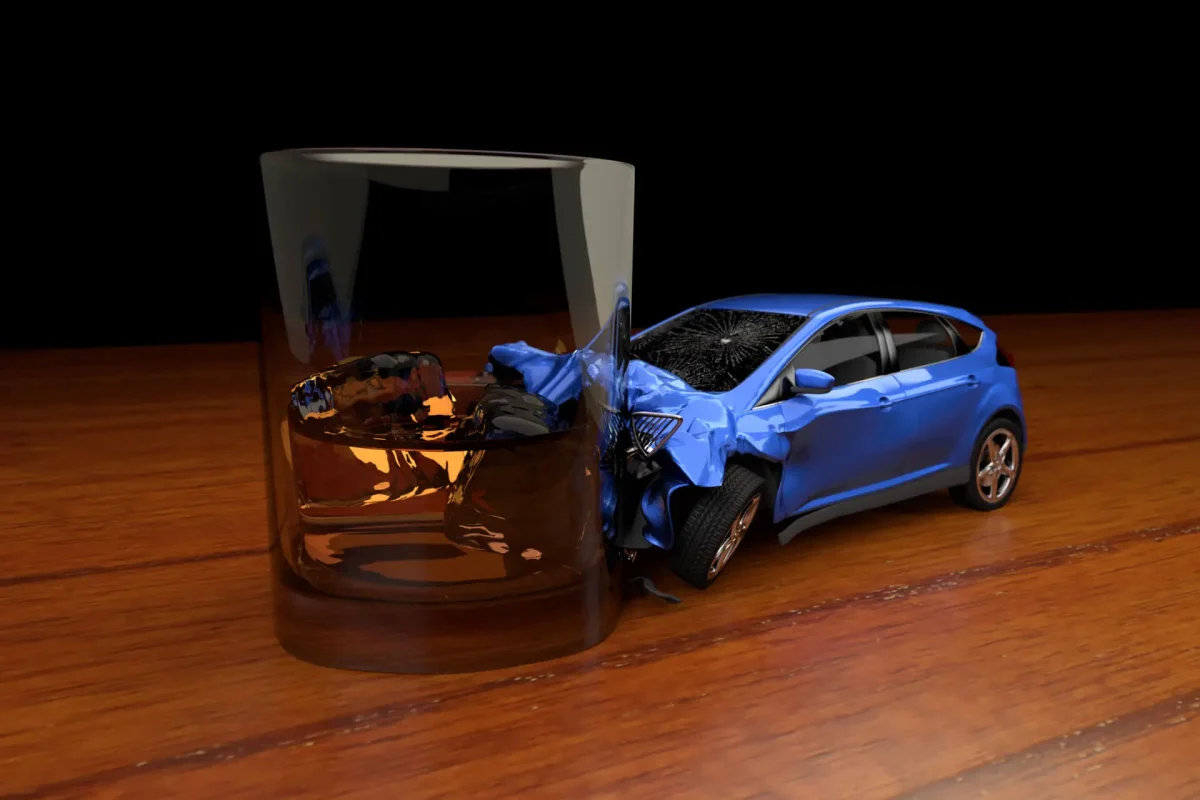It’s not a very popular game anymore. Until last summer I don’t think I had played, or seen anyone else play, since I was maybe 11 or 12 at summer camp. But I found myself at staff training for a job, on a sunny day in New England with a bunch of other 20-somethings, and there was the game again. Seeing people play was strange: 4 or 5 of them, standing close together in a circle, cultish-like, and popping around a colorful little bag with their feet. It didn’t seem all that fun to me; maybe a helpful drill for soccer players to work on their footwork, but a “meh” activity at best. One of those activities that get boring after about 15 minutes, like throwing a football around.
But I like games and I don’t like being left out, so I inserted myself in this devotional and got to seeing what the allure of this two-ounce bean bag was. The group seemed excited to have me join and made some space for me in the circle, greeting me with smiles. Someone threw the bag towards my feet and I kicked it, but by kicked, I mean whiffed, and the bag fell harmlessly on the sweet grass. Frustrated (I’m competitive, I didn’t want to be the weak link here), I picked it up and tossed it towards my feet again, making contact, but sending it a few feet into the middle of the circle, where of course no one was (it being a circle and all), muttering a few sorries as I stooped to pick it up and try again.
Before I could make a fool of myself again, a member of the group stopped me. A tall, lanky guy, with black hair in a ponytail and a multicolored bandana on his forehead (David Foster Wallace style), named Ryan. “There are only two rules in hacky sack,” he informed me with a grin. “No self-serves, and no saying sorry.” He picked up the sack and tossed it to me, this time my feet cooperating enough to send it over to another person. And just like that, I was in. I knew the rules, I could kick the bag, and I was a part of the circle. Because that’s all it is. And it was awesome.
Hacky sack, or “footbag” as it is more generically called outside of the US, is perhaps the simplest game out there. Popularized in the early ’70s by Mike Marshall and John Stalberger after a Native American taught Marshall how to play while an inmate at a military brig, the game consists of a “sack,” usually filled with plastic beads or sand, and people. To play, you pass the sack around to each other, using any part of your body besides your hands and arms (you will quickly find the feet are the most effective option out of these choices). That’s really it. A “hack” is when everyone in the circle touches the hacky sack once, and a “sack” is if everyone touches it twice. And besides the two hallowed rules, no self-serves and no sorries, there’s no additional equipment, stipulations, restrictions, etc.
The game, however, has been around long before Marshall and Stalberger, and indeed probably long before Jesus (and hey, who knows? Long hair, sandals, always standing in circles with his 12 disciples…the guy just might’ve been a phenomenal footbagger). In ancient China, a game called cuju was played with a hair-filled leather bag to help train the Chinese military, and other records show similar style games being played throughout Asia. In an age of ever-increasing technology, and in an age where playing certain sports can set you back hundreds in equipment costs, hacky sack stands as somewhat of an anachronism. It is a timeless game and a symbol of simplicity amidst the often paralyzing complexity of modern life.
Such simplicity and fluidity are exactly what makes the game so fun and accessible. You can pick up the game in approximately 30 seconds, and after a few sessions of “hacking,” you will notice that it starts to feel pretty natural. I’ve played a lot of sports and I’ve never seen one with a faster rate of improvement than hacky sack.
Compared to most sports where there is pressure to see the game through to completion, hacky sack is relatively pressure-free as the game can go on with or without you (unless, I suppose, you are playing 2-person hacky sack).
“I love the aspect that people can just join in, play for a little bit and then walk out,” says Hawkins Head, ’24. “You can get 10 people in a circle, next thing you know there’s 15, and then there’s 4. But it doesn’t really matter, it’s the same experience.”
Not to mention the price. Most hacky sacks will run you for about $5, and you can find them at Walmart or at most Sporting Goods stores (Walkabout Outfitters here in Lexington carries them). They’ll fit in your pocket or backpack and are actually surprisingly durable, mine having withstood numerous trips between a dog’s teeth.
Furthermore, the game isn’t confined to an area or court. You can play it virtually anywhere. Common places to play include beaches or parks, but all you really need is several feet of open space. My sister and I recently played while waiting for a flight at the Phoenix Airport, and had an airport worker join in and play with us.
This brings up another important point: universality. Hacky sack’s portability means you can play in basically any context, and its simplicity makes it a game that transcends any sort of cultural boundary or social awkwardness. Once you are in the circle, everyone is speaking the same language.
“The end goal is to hit the sack as many times as possible and you are all contributing to that goal, there’s no winners or losers,” says Sander Saridakis, ’24. “It’s about how we can do the best all together.”
Still, it’s not a game you see much anymore. It used to be a frequent sight on college campuses and outside of concert venues in the 70s and 80s (it’s long been associated with counterculture movements, so these locations make sense), but by the turn of the century, it appears to have died away a little bit. It seems no one has time for a hippie-game like hacky sack.
But I’m optimistic about the little bean bag. I’ve brought it to campus this year and it’s been met with a lot of appreciation by my friends, who now all have their own hacky sacks. We play as a study break or in between classes, a great way to move around and share some fun moments together. I think in a culture that pushes everyone to be busy, to be checking their phones and on social media, to always be competitive and productive, hacky sack offers some chances to step outside all of that and into a circle where nothing matters besides passing the sack around to one another. It’s certainly been the best $5 investment I’ve ever made.
















J. Lilly • Feb 9, 2025 at 10:47 pm
Fun article! I grew up in So CA with my teen years being in the 80’s. The hacky sack made its way into the surf culture in our area and it took off. It’s ultimately how I met my wife in high school (errant bag landing in her lap where she sat having lunch). We’d play at every break and then took it with me to college and continued to play as a mind reset from studies. Once the career started, it got put in the sock drawer where it slept for years. I brought it out from time to time to introduce it to my kids but it never really took off again. Sadly, I think the phone distraction has a lot to do with it. I brought the bag out again three months ago and have played daily since. I am now in my late 50’s and am totally hooked with this game again. The neatest feeling is sharing it with my grandkids. We’ve had a three generation hack circles going. Best thing ever!
S. Farrell • Jan 26, 2024 at 2:00 pm
We played at W&L non-stop on campus in the 80’s. Always a good time and open to all. Good to see it is still somewhere. Good article.